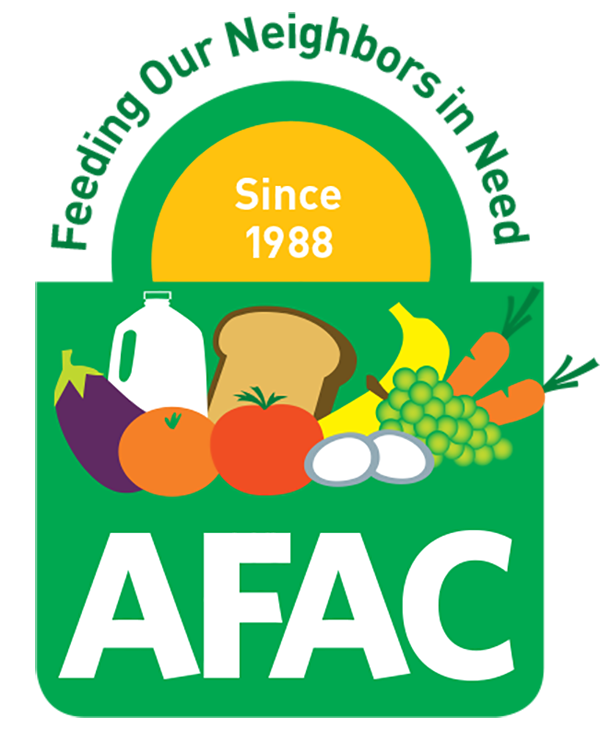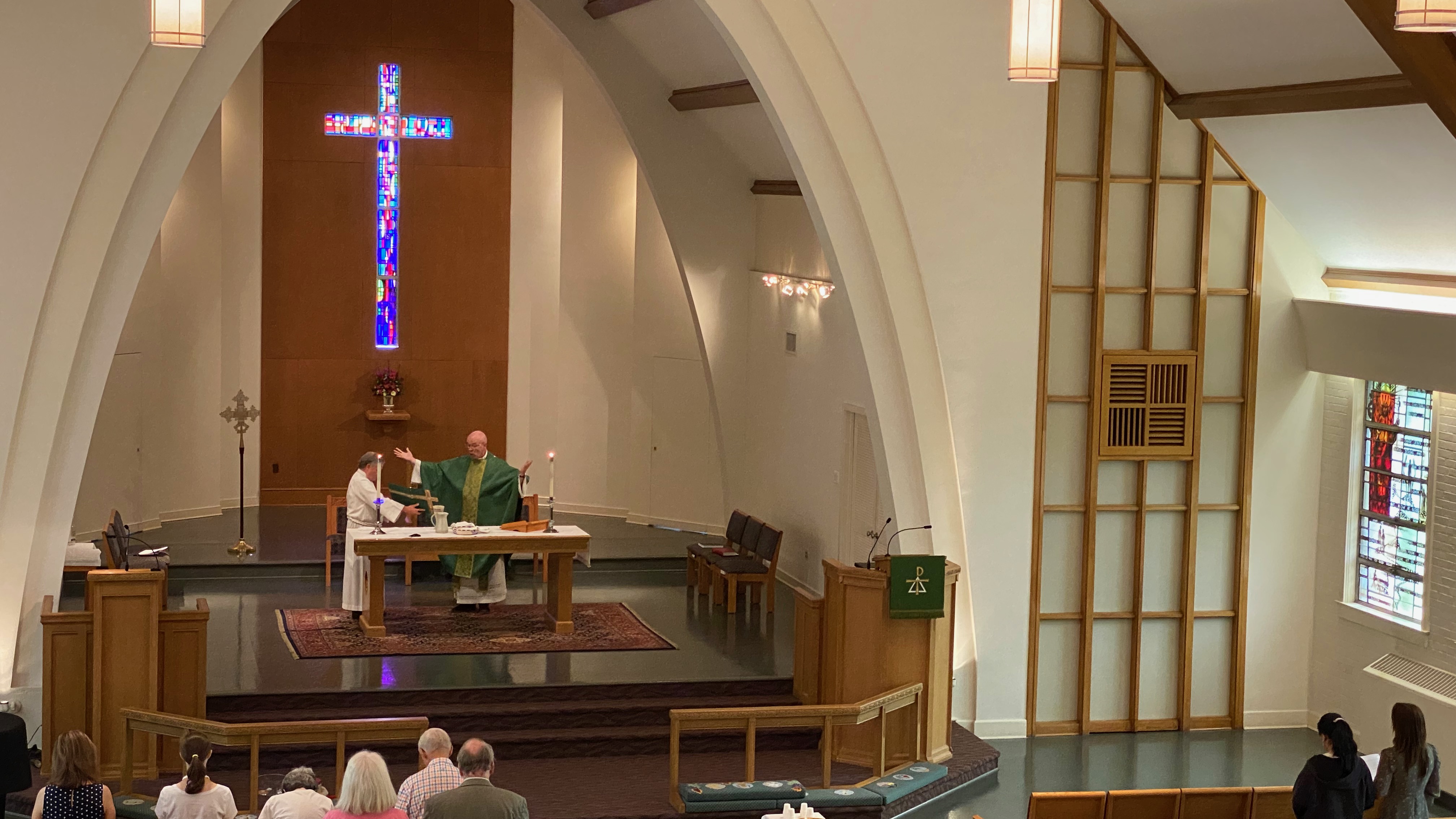Week of the Fifth Sunday after Pentecost
Dear Friends in Christ:
Our return to celebrating Holy Communion on the day of Pentecost was a momentous occasion on our slow road to the resumption of usual churchly activities as the pandemic continues, we pray, to wane. Another momentous occasion will be our return this coming Sunday, Pentecost 5 on July 4th, to worshiping indoors.
Why is returning to our church building such a big deal? After all, we have been assembling in person in Jesus’ name by the power of the Holy Spirit as church outdoors for several months now. As a Sunday School song of my youth puts it: “The church is not a building; the church is not a steeple; the church is not a resting place; the church is a people.” Indeed, for Lutherans, church is an event, a verb, as the Holy Spirit gathers God’s people in assembly, in community, around faithful preaching of the gospel, and administration of the sacraments according to the gospel (cf. Article 7 of the Augsburg Confession).
Thus, church happened, at least in part, during The Three Days of Holy Week as we were assembled outdoors amidst our congregation’s Memorial Garden. And church has been happening on the parsonage side of the church building in our serendipitously well-equipped outdoor nave. Church even occurred live but virtually and partially when we gathered via Zoom for various occasions of Evening Prayer during Advent, Lent, and other festivals. So again, what is the significance of returning to worship indoors in our church building when God’s people can be assembled as church almost anywhere?
Quite importantly, buildings are extensions of human embodiment. The physical dwellings that become our homes gain significance when our own personal belongings furnish and adorn our dwelling places. I have shared with you previously how delightful it has been for me to make your house, the parsonage, my home with my personal adornments. And with our return to the church building, I can also begin to invite you into my home, your house, for social and spiritual occasions!
Likewise, a congregation’s building becomes an extension of our particular incarnate embodiment as a community of God’s people in this place, at this time. You bring with you to our church building memories of significant occasions in the life of your families – baptisms, confirmations, weddings, funerals, ordinations, and more. It is common for congregation members to be devoted to beloved church buildings not necessarily because of the artistic significance of the architecture, but because of memorable, often sacramental, happenings, events.
Of course, devotion to church buildings can succumb to idolatrous dynamics, too. There is a saying among pastors that “the building always wins.” The way our naves, our sanctuaries, are furnished and configured can limit if not dictate the kinds of assemblies that can occur therein. Moreover, buildings are quite demanding of time, attention, energy, and financial resources. Just ask members of our Property Committee about that!
Thus, we are beckoned as we are on the brink of returning to our beloved church building to remember what ends our building serves. Our building is a vessel of servanthood; it is not an end in itself. In short, again and essentially, our building serves as a place of assembly of God’s people in the Spirit around the means of grace. As we mark a new beginning in our life together, let us not miss the opportunity to appreciate anew and afresh what end our building serves.
In this place, in our church building, are the fuller, richer, more enduring, incarnate symbols of what we are gathered around. In this place, in particular, is a large baptismal font, the place of being washed in the Trinitarian name of God, bathed in water, word, and Spirit to become children of God. In this place is the substantial table around which Christ gathers us in the Spirit for the meal of his corporeal presence. This place, our place of assembly, is furnished in a way that gives focal attention to where God’s word is read and proclaimed. In this place are musical instruments – pipe organ, piano, harpsicord, handbells, and perhaps more – which serve our singing songs of praise, the assembly’s share in the proclamation of the gospel. In this place is comfortable seating for God’s people making it possible more easily to attend to the central things of our faith without the various distractions we encountered outdoors.
Yes, we’ve had our sacred symbols outdoors – a glass bowl for baptism, an ordinary patio table that served as a sacramental table, a fence that has served as an altar rail, a brick patio as choir loft, a grassy yard surrounding our community garden as nave – but all of this has been temporary and less capable of showing forth the fullness of the symbols of the means of grace. What we have indoors, to reiterate, are the more enduring expressions of the central things around which we are assembled. But kindly remember: Our building serves these things, and not the other way around. The tail does not wag the dog.
Moreover, our building makes possible other features of our missional life together. Leading from the places of the bath, and of the word’s proclamation, and the meal are the other gathering places – classrooms for Christian education and formation, rooms for administrative meetings, a lovely hall for socializing, for communal meals as extensions of the Eucharist, offices for our staff members where two or three gather in Jesus’ name for holy conversation, rooms where community groups meet, and more, all flowing forth from and related to the more central things.
Thus, with our return to the use of our church building after some sixteen months of it being virtually unused, we reclaim the greater fullness of our life together, a three-dimensional expression of our incarnate life in person, in community, and not just a two-dimensional, virtual, partial expression of our churchly life.
To mark the occasion of our return indoors, several members of our congregation have been lovingly devoting much time and energy to cleaning and sprucing up our church building’s interior in preparation for our return. Others have gathered to talk and walk through the logistics of the movements of our assembly, keeping in mind the continued need for appropriate physical distancing. Thousand thanks to these persons whose devotion to our life together is evident in their volunteer hours.
In conclusion, I am quite curious to see what our three-dimensional life together will be like. Join me, join us, in this renewed adventure of return!
With thanks to God in Christ for this opportunity,
Pastor Jonathan Linman






